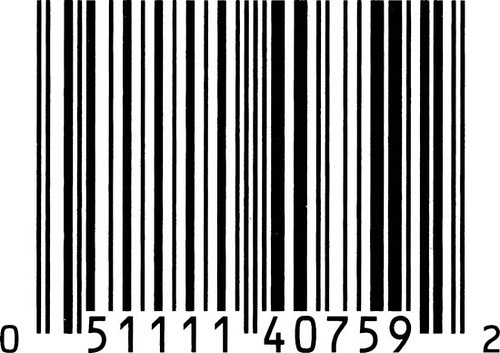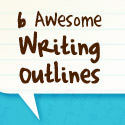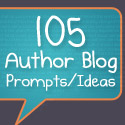Note: For an updated version of the information below, download Self-Publishing Basic Training for FREE (you’ll also get some nifty extras)!
Grab your PT gear and head out to the parade deck, troops! It’s time for another installment in our two week series on Self-Publishing Basic Training!
Before we jump into today’s post on the six details to consider when self-publishing, let’s quickly recap the steps in the self-publishing process we’ve covered so far: Decisions Part I: Pre-Planning, The Do’s and Do Not’s of the Writing Process, Editing is Not for Sissies and Decisions Part II: Big Choices [Self-Publishing Reasons and Tips]. There are so many things to consider when choosing a self-publisher that we decided to divide up our advice on choosing a self-publisher into two posts with three different lists. Yesterday we touched on the 4 Reasons to Self-Publish and 5 Tips for Comparing Self-Publishers. Today we’re going to continue the count up with the…
6 Details to Consider When Self-Publishing
-
ISBN: Every version of every title has to have its own unique ISBN and barcode. If you have a hardback, paperback and eBook version of your title, you MUST have three different ISBNs. This thirteen digit number identifies your product in every book market from brick and mortar stores to online vendors. When you self-publish, make sure you know who your ISBN is registered to—you or the company you’re publishing with. Most large self-publishing houses offer both options for different prices. (What is an ISBN? Where can I find one?)
- Distribution: How is the self-publisher going to make your books available for sale? There are several different distribution services for books, but the largest two are: Baker and Taylor and Ingram. You want to make sure that your services with a self-publisher include distribution, otherwise there’s no point. You’ve got to get your book out there in the market!
- Print quality: Will your book look professionally printed on good quality paper with a glossy cover? You need to know. Ask your potential self-publisher about the weight of the paper your book will be printed on and the finishing on the cover. Try to find a sample product produced by your publisher or printer so you can see for yourself what kind of quality you can expect.
- Price: Do you get to set the price? Do you have fixed printing costs that you can use to calculate the price? Ideally you need to know exactly how much your per unit print costs will be and what percentage of your profits the publisher plans to keep so you know how to set your price. Also take into account that many of the online sites like Amazon buy your book at as much as a 50% discount, which can seriously cut into your profit. (How to set your price?)
-
Returns: No franchise brick and mortar store will even consider ordering a copy of your book to sell in stores without a return option. They don’t want to eat the cost of your book if nobody buys it. Find out if your distribution deal includes an option for the retailer to return the book if it’s not purchased. Otherwise, the only way your book is getting into a brick and mortar store is if someone comes in and specifically requests a copy.
- eBooks: Publishers are putting more emphasis on the web these days. Consider creating an eBook version of your title, but know that would need its own ISBN and a secure way to distribute it. Services like SmashWords can help you publish and protect your eBook. The best part of an eBook is that you get to keep even more of the profit because there’s no printing cost — but you still need a designer to lay out the book for easy reading online or with an eReader. (What is an eBook?)
Toni and I are having so much fun with our count up this week that we’ve decided to continue it through the end of our Self-Publishing Basic Training on Thursday. Look for a post tomorrow on the 7 Things to Know about Book Design and as well as a podcast on the 8 Things You Should Know about Self-Publishing and then Thursday we’ll bring you the 9 Ways to Market Your Book.
If you’ve got some more tips, tricks, experiences or general knowledge about self-publishing to share, please feel free to jump in the discussion with the comments below! We are all about fostering a shared base of knowledge on this complicated industry. The self-publishing process doesn’t have to be a solo trek!
Later days,
Shannon
This post is part of our Self-Publishing Basics series. Don’t miss a post — subscribe to our RSS feed or receive posts via e-mail.


 We're
We're 








